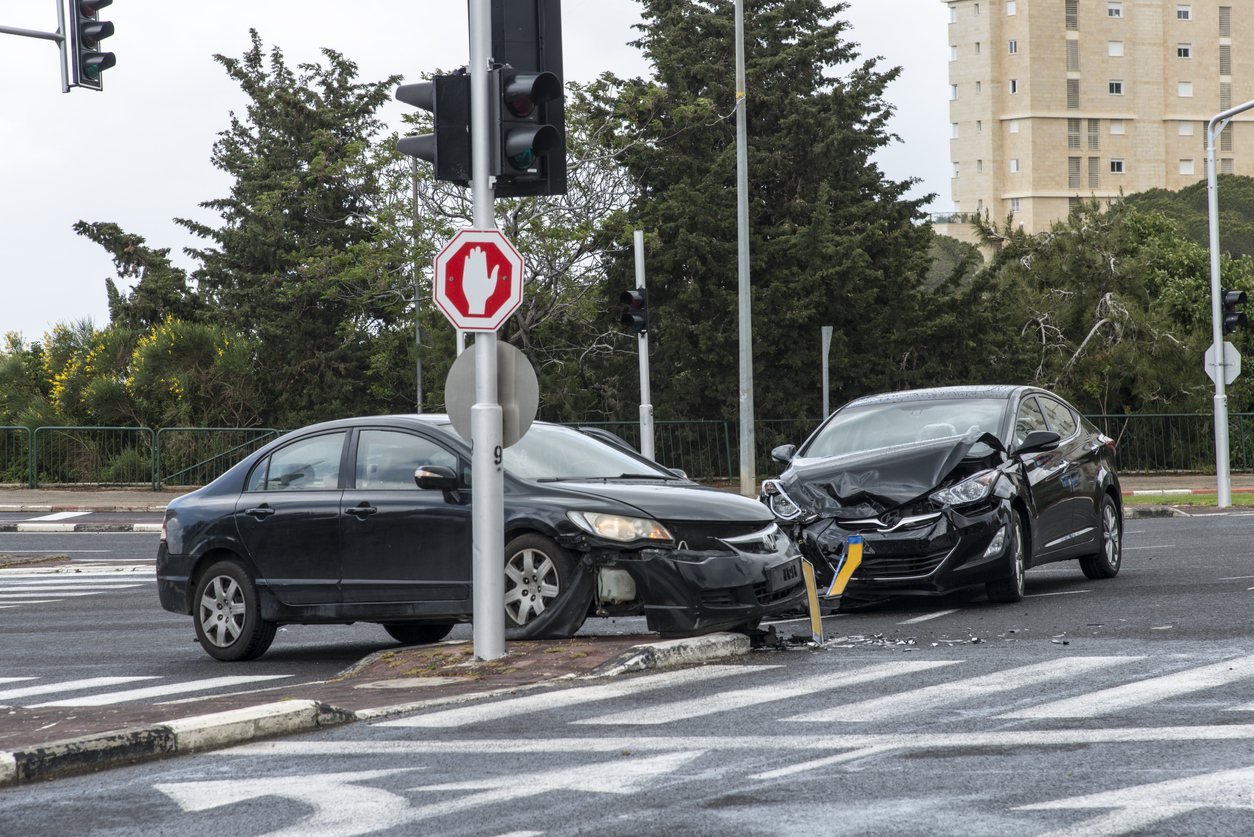Most Dangerous Roads in Orlando, Florida

Millions of tourists pour into Orlando every year, determined to make the city’s theme parks and attractions part of their happy vacation memories. Unfortunately, not all the memories made in Orlando are pleasant. Traveling along Orlando’s roads puts you and your loved ones in danger of injury or death. However, the risks are not as high on some roads as others.
How Dangerous Are Orlando’s Roads?
In 2023, Orange County had 41,695 accidents. This included 165 deaths and 1,007 cases of serious injury. The City of Orlando accounted for 21,947 of the county’s crashes. Of Orange County’s 165 traffic fatalities, 42 of them happened in Orlando. Similarly, 485 of the county’s cases of serious injuries came out of Orlando.
Across Florida, 712,381 crashes were reported. These wrecks killed 3,404 people and seriously injured 15,390 more. These statistics reveal that Orlando accidents accounted for approximately 1.2% of the state’s total accident-related fatalities and about 3.1% of the state’s total number of people seriously hurt in accidents.
What Makes a Road Dangerous?
City planners and engineers do not design roads to be inherently dangerous. However, certain conditions and characteristics can increase the risk to not only drivers but motorcyclists, bicyclists, and pedestrians as well. Some of these characteristics include:
Speed
Roads that have a higher speed limit or roads that accommodate drivers traveling at excessive speeds are more dangerous than others. As motor vehicles travel faster, they have a greater capacity to inflict serious or fatal injuries on others they collide with. It also becomes more challenging for motorists to see others and react appropriately.
Crossings and Intersections
Traffic that crosses a driver’s path from multiple directions can be distracting. For this reason, motorists must exercise additional caution when traveling through intersections and road crossings. Roads with many of these crossings can tax a driver’s attention, thereby increasing the risk of intersection accidents.
Pedestrians and Bicyclists Nearby
Cars and trucks traveling in close proximity to pedestrians and bicyclists can be a recipe for disaster. People traveling on foot or by bicycle may not be familiar with Orlando traffic or Florida’s motor vehicle laws. Whether they are distracted or ignorant of the rules of the road, they can make sudden movements on the road that make a crash unavoidable.
Thus, those roads near tourist destinations, shopping areas, and other places where pedestrians and bicyclists are close to the road are dangerous.
Major Thoroughfares
The roads that help people get into Orlando, leave the city, and navigate to its various attractions can be especially dangerous. Orlando residents are likely familiar with these roads, but tourists are not. This can cause drivers who are unfamiliar with the area to make sudden and erratic moves, increasing the risk of a collision.
What Are the Five Most Dangerous Orlando Roads?
Another of the many risk factors for traffic crashes is congestion. If many cars share the same roadway simultaneously, there is an increased chance of collisions. Orange County maintains a helpful interactive map to determine which roads in Orlando have the most traffic congestion.
Based on this map, these five roads are potentially dangerous for drivers:
1. Interstate 4
Traffic monitoring stations along I-4 show considerable traffic flow around the interstate, which suggests large amounts of traffic coming onto and leaving the freeway. That alone would indicate that I-4 is dangerous, but a recent study confirms it is one of the most dangerous highways in America.
2. Orlando Avenue / U.S. 17
Located on the east side of the city and running north to south, Orlando Avenue sees 30,000 to 50,000 vehicles travel along its length daily.
3. U.S. 441 / Orange Blossom Trail
This road runs along the west side of downtown Orlando before turning northwest toward Georgia. To the south, it connects Orlando to Miami. Thus, it is no surprise that daily traffic averages are around 40,000.
4. Semoran Boulevard
Located on the far east side of the Orlando metro area, Semoran Boulevard sees an average daily traffic count of nearly 50,000 vehicles. At peak times, some stretches of the road can see over 1,800 vehicles per hour. For example, Semoran Boulevard between Old Cheney Highway and Colonial Drive sees up to 1,865 vehicles per hour.
5. State Route 408
The main east-west highway bisecting downtown Orlando, SR 408, sees significant amounts of traffic. Like the I-4, this suggests a considerable amount of traffic using the highway daily.
Staying Safe on Orlando’s Dangerous Roads
Residents and tourists alike have a part to play in keeping Orlando’s roads as safe as possible.
Drivers can fulfill this responsibility by:
- Slowing down and obeying the speed limit
- Reviewing your travel routes before setting out
- Using turn signals or hand signals as appropriate
- Giving other drivers space on the roads
- Being patient
Pedestrians and others who use the sides of the roadway or sidewalk to travel should follow what car accident attorneys suggest:
- Cross the street only at designated crosswalks
- Wear highly visible clothing, especially at night
- Look both ways before crossing the street, even if you have the right of way
- Do not walk while using headphones, looking at your phone, or taking pictures
Finally, both pedestrians and motorists can review Florida’s traffic laws and stay informed about their obligations when traveling around Orlando.
Does Orlando’s Roads Make It a Dangerous City?
While it may feel intimidating, it is important to remember that only a small fraction of the state’s total traffic collisions occurred in Orlando.
While Orlando is home to some heavily congested roads and one highway dubbed the “most dangerous in America,” this does not mean you and your loved ones are destined to be injured. Common sense and a measure of caution can help you and your family stay safe.
Do you have questions about road safety in your city?, Contact us and we’ll get back to you.
